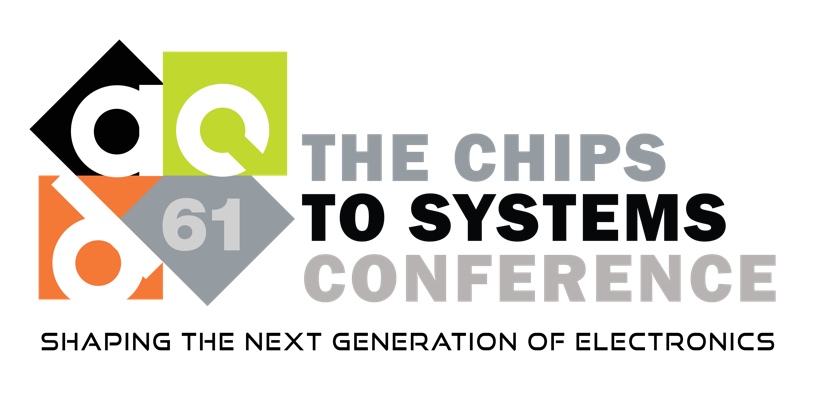Presentation
Energy Efficient Dual Designs of FeFET-Based Analog In-Memory Computing with Inherent Shift-Add Capability
DescriptionDeep neural networks (DNNs) have significantly advanced over the past decade, embracing diverse artificial intelligence (AI) tasks. In-memory computing (IMC) architecture emerges as a promising paradigm, improving the energy efficiency of multiply-and-accumulate (MAC) operations within DNNs by integrating the parallel computations within the memory arrays. Various high-precision analog IMC array designs have been developed based on both SRAM and emerging non-volatile memories (NVMs). These designs perform MAC operations of partial input and weight, with the corresponding partial products then fed into shift-add circuitry to produce the final MAC results. However, existing works often present intricate shift-add process for weight. The traditional digital shift-add process is limited in throughput due to time-multiplexing of ADCs, and advancing the shift-add process to the analog domain necessitates customized circuit implementations, resulting in compromises in energy and area efficiency. Furthermore, the joint optimization of MAC operations and the weight shift-add process is rarely explored. In this paper, we propose novel, energy efficient dual designs of ferroelectric FET (FeFET) based high precision analog IMC featuring inherent shift-add capability. We introduce a FeFET based IMC paradigm that performs partial MAC in each column, and inherently integrates the shift-add process for 4-bit weights by leveraging FeFET's analog storage characteristics. This effectively eliminates the need for additional dedicated shift-add circuitry in multi-bit weight processing. This paradigm supports both 2's complement mode (2CM) and non-2's complement mode (N2CM) MAC, thereby offering flexible support for 4-/8-bit weight data in 2's complement format. Building upon this paradigm, we propose novel FeFET based dual designs, CurFe for the current mode and ChgFe for the charge mode, to accommodate the high precision analog domain IMC architecture. Evaluation results at circuit and system levels indicate that the circuit/system-level energy efficiency of the proposed FeFET-based analog IMC is 1.56X/1.37X higher when compared to the state-of-the-art analog IMC designs.
Event Type
Research Manuscript
TimeTuesday, June 253:45pm - 4:00pm PDT
Location3002, 3rd Floor
Design
Emerging Models of Computation


